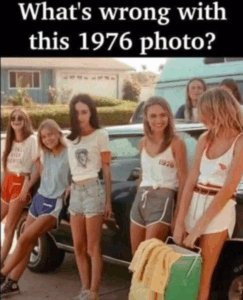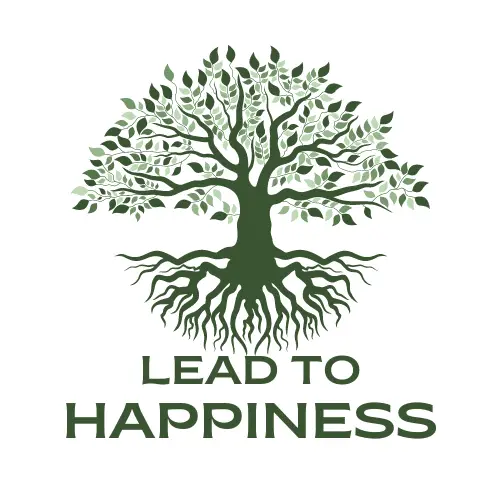Growing up in the 1990s, your best friend wasn’t just someone you hung out with — she was your ride-or-die, your partner in every ridiculous scheme, your co-star in the daily drama of adolescence. You didn’t just talk to your BFF — you lived in conversation with her, usually on the phone, well past bedtime, whispering so your parents wouldn’t hear. You shared secrets, gossiped about your families like you were reality show narrators, and somehow always ended up showing up to school wearing eerily similar outfits — because coordinating was just part of the unwritten friendship rulebook.
Fast forward a couple of decades, and while the backdrop of our lives has shifted — flip phones became smartphones, malls gave way to Amazon, and AIM chat rooms morphed into group DMs — the soul of a BFF bond hasn’t really changed. We still find ourselves staying up too late talking (this time over FaceTime or in group chats), swapping juicy life updates, and, unintentionally or not, twinning our outfits for brunch. There’s just one key difference: we’re older now, and our beverage of choice has evolved from Capri Sun to cabernet.

Back then, best friends were often the sisters we weren’t born with — or the ones we preferred over our actual siblings. While brothers and sisters were off raiding our bedrooms and tattling to mom, our BFFs were the ones by our side as we prank-called the pizza place or cried uncontrollably after seeing our crush holding hands with someone else in the cafeteria. Whether in the days of Lisa Frank folders and sticker collections or now with Google Calendars and adulting to-do lists, our best friends have helped define who we are — cheering us on during the wins and quietly holding our hands through the losses.
Disagreements, of course, were inevitable — and in the ’90s, they were nothing short of theatrical. A true friendship rift might erupt because she forgot to feed your Tamagotchi while you were at grandma’s house, or worse, she borrowed your sparkly gel pen and never gave it back. Today, the drama has matured — or at least, the packaging has. Passive-aggressive Instagram stories, left-on-read messages, or that one suspiciously un-liked post? Adult BFF fights now require digital detective work. Making up back then might’ve involved passing a tear-stained note across the classroom or a heartfelt phone call after dinner. Now, it often looks like a spontaneous catch-up over overpriced Starbucks drinks and a shared photo dump captioned “Bestie Therapy Session 💕.”
Friday nights used to mean roaming the mall food court with a Wetzel’s Pretzel in hand or figuring out how to sneak into a movie you were definitely too young to watch. These days, Friday night plans with your best friend likely involve choosing a Netflix show neither of you will actually finish and opening a bottle of wine you swore you’d “just have one glass” of. And let’s not forget the timeless art of wingwoman duties — in the ’90s, it meant trying to engineer a “chance encounter” between you and your crush during science lab. In the modern age, it’s spending hours cyber-investigating their social media footprint, decoding every post and comment like you’re both auditioning for the FBI.
No matter the decade, best friends have always been our mirrors, our memory-keepers, and our emotional home base. Whether you were lip-syncing to the Spice Girls in your bedroom or mastering TikTok dances together in your kitchen today, the magic is the same. Trends fade, technology evolves, and we grow older — but some friendships really are forever. The hairstyles may have changed (thankfully), the slang may be different, and our lives may be filled with more responsibilities than recess, but when it comes down to it, that BFF bond still holds strong.
Because time doesn’t break best friend connections — it just gives them more stories to tell.


